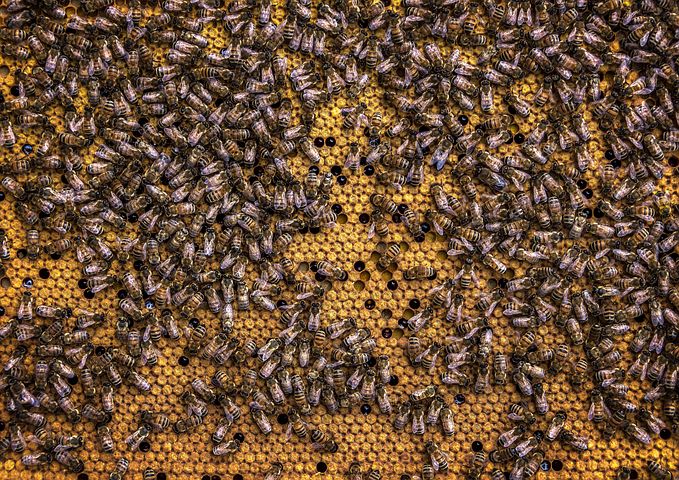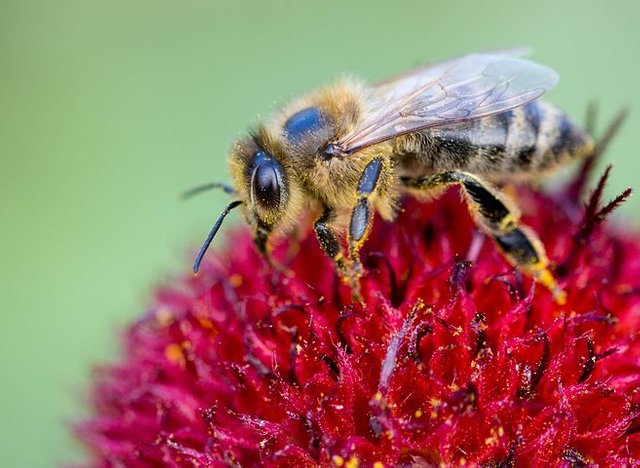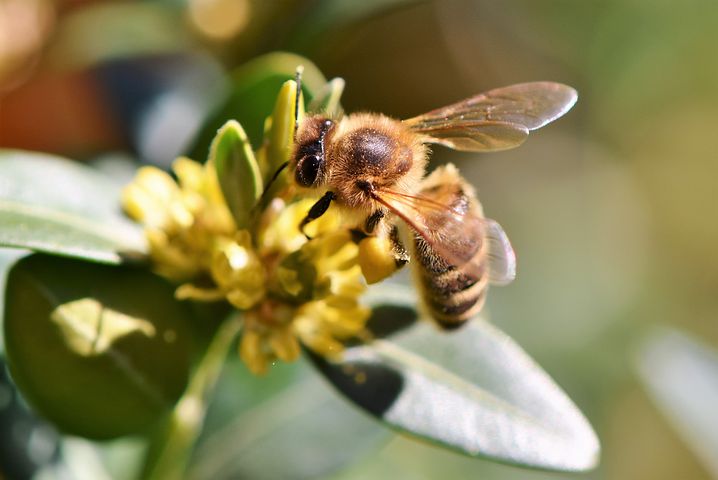How to cultivate bee / honey to save honey / Honey
A small, hard-working, and useful insect Because they usually live in grouping, they are called social insects. We get honey and wax from the bees. By decreasing the pollination of bees, the bees increase the productivity of forests, fruits and agricultural crops. Some types of honey bees can be raised or cultivated. And it can be more beneficial.
 source
source
Beeswax species
Generally three species of bees are available in our country, namely:
- Mountain bees,
- Indian bees
- Tomato bees.
Mountain bees
They are the largest in size. In the branches of trees, on the hills, they tied the knot. About 10 kg of honey per acre is produced every year. They are not meant to be used in the boxes so the boxes can not be raised.
Indian bees
These are medium types of form. They are tied in the dark or hiding place at the place of trees, cracks, walls, brick pots, etc. The average production of Chak is about 4 kg per acre. They are in calm nature. So the boxes can be raised.
Petite bees
They are the smallest in size. They are barking in bushes, leaves and dry sawings. The size of the wheels is very small. The dam On average, about 200 grams of honey per acre is produced. They are in calm nature. But do not stay in one place for many days.
 source
source
Honey and wax
Honey is a type of honeybee food. The worker bees absorbed the sweet juice of the flower and deposited it on the stomach, a special organ called Madhuthli. When the sweet juice of the flower is deposited in the honeythall, it mixes several enzymes emitted from the salivary gland. As a result, the sweet juice is changed to partly honey, which picks up tea and puts it in honey holes. The young workers of the bees rushed at the time and filled the honey with the face and mixed them with red flesh and made the original honey and deposited it. Worker bees move the wings with the wings and remove the excess water from the honey kept. As a result, the sweet juice of the flower becomes a thick honey, which keeps it as food for themselves and children. After keeping the honey, the faces of the dough closed with wax. The working beam is under pockets like a pocket-shaped stomach. There are small particles like wax particles. The workers of this wax made the house.
Bee collection and artificial food
Seasonal activities were started by collecting Indian bees (queens and some workers) from the actual or by purchasing from the monkey cultivation of the land. In the first 3/4 days of the box pack, artificial meals such as sugar need to be worn or syrup. Then the bees themselves collect food themselves. Occasionally there is a need for food deficiencies and artificial food in the environment.
 source
source
Collect honey
When honey is collected, the whole chalk hands out the honey with a chip. Honey bees and bacteria are present in this honey. Besides, this type of honey is destroyed in Ashp days. On the other hand honey can be collected from the beekeeper and honey can be removed from the box. In this, only honey comes out from the chakra, but the chalk is not damaged and can be used again.
Useful aspects of bee keeping
The country plays a vital role in preventing untouchability by meeting the needs of honey. Because honey sugar is the national food. Which contain various types of vitamins, enzymes and minerals.
Honey diseases (such as: colds, coughs, arthritis, pain etc.) are used as bioticide.
Wax, candle, decoration (cold creams, saving creams, snow etc.) are used in the manufacture of various ointments.
By increasing the income and income by selling honey and wax, there is an increase in family flexibility, which helps in the overall poverty alleviation of the rural population.
Through pollination of flowers, agriculture, fruits and forests play an important role in increasing the yield and quality of the tree and the preservation of organisms.
Bee Income and Expenses
If the bee is done with appropriate training and there are adequate supportive trees in the area, a box from honey (in winter) 7/8 kg and 18/20 kg honey can be collected annually.
Income :
Produced honey = 15 kg
Rs. 300.00 per kg
Total (15x300.00) = 4,500.00
Expenses:
Bee box price = Rs 700.00
Bee price = Rs. 700.00
Artificial Food = Rs 50.00
Other = $ 50.00
Total = Taka 1,50.00
Profit:
= Income-expenditure
= Rs 4,500.00
= Rs 3,000.00
This post has received a 4.39% upvote from @lovejuice thanks to @parves1. They love you, so does Aggroed. Please be sure to vote for Witnesses at https://steemit.com/~witnesses.
You got a 2.41% upvote from @brupvoter courtesy of @parves1!